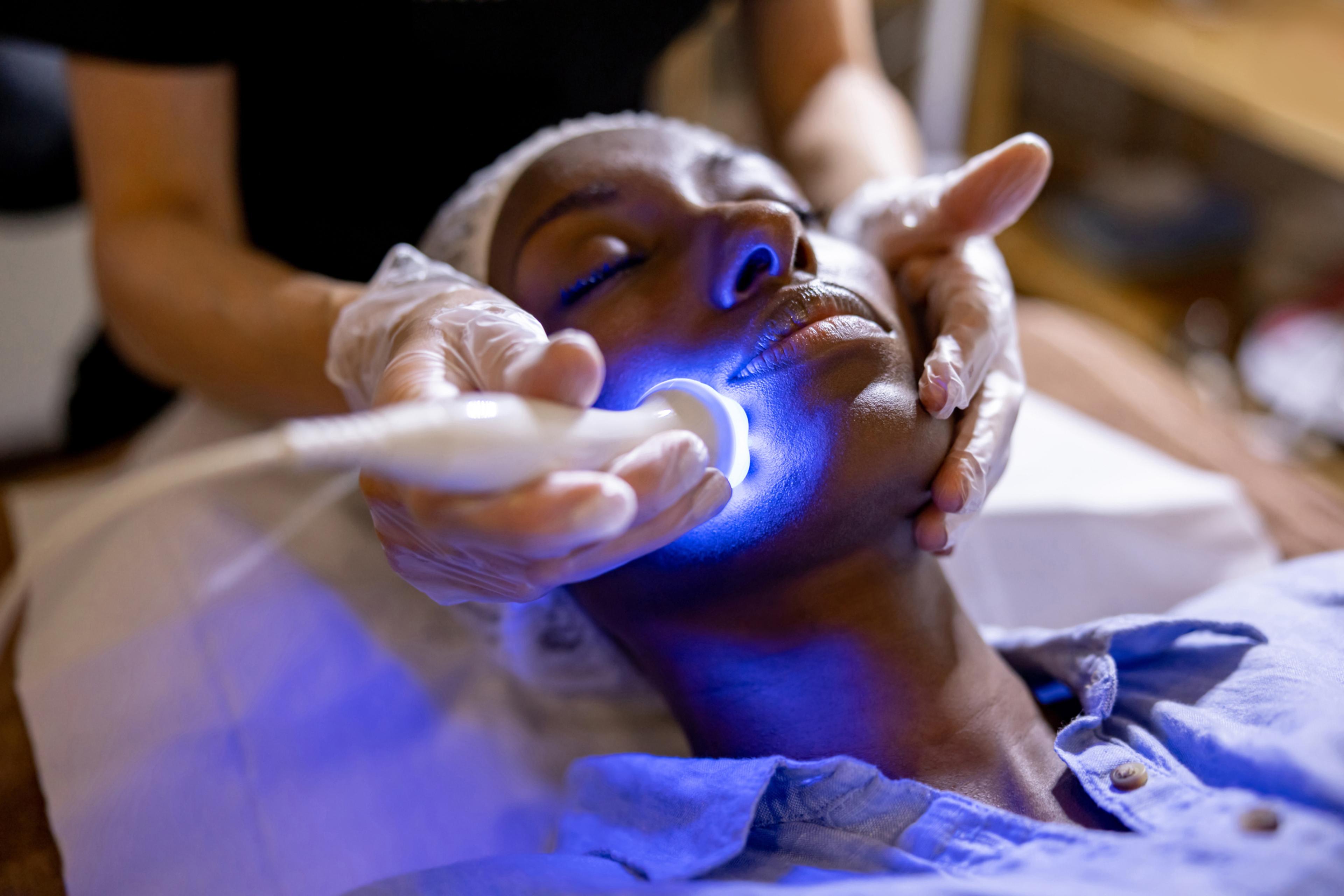How Hot Weather Affects the Skin

Jozlynn Blankenbaker
| 3 min read
Jozlynn Blankenbaker is a corporate communications intern at Blue Cross Blue Shield of Michigan. Jozlynn is a senior at Wayne State University studying public relations and communication in health. In her free time, Jozlynn enjoys exploring the city of Detroit and going for hikes.

The hot air brought by the changing of the seasons in the Midwest can have an impact on our bodies. We often notice this impact starting on our skin. The skin tends to become dry, irritated and red all over the body. This mainly occurs in areas of the skin that are exposed to direct sunlight.
During the summer months, the UV index is at a moderate-high level. The UV index measures the intensity of the sun’s ultraviolet radiation. In hot weather, the skin undergoes changes to adapt to the heat. Our body will try to control our body temperature by sweating. This causes our skin to produce oil which can then lead to potential breakouts from the clogged pores in our skin.
When transitioning into warm weather our body loses water and the skin becomes drier. This can create itchy skin causing a rash to occur. This happens when we experience blockage of our sweat ducts. Tiny bumps and spots that are red in color may appear on the skin.
To protect the skin from hot weather, it's advisable to hydrate regularly by drinking plenty of water and using hydrating skincare products. Using sunscreen with an SPF of at least 30 can protect the skin from harmful UV rays and wearing lightweight clothing can help to reduce the risk of skin damage. A healthy skincare routine that includes a gentle exfoliation and regular cleansing can help to unclog pores and reduce the risk of acne.
The heat can negatively impact a variety of skin conditions, causing them to become worse. For example, eczema is known to flare up during warmer months due to increased sweating and dryness caused by air conditioning. Rosacea is an inflammatory skin condition that causes redness on the face, and is often triggered by heat and sunlight.
Ultimately, it is important to protect your skin from the sun and dehydration during hot weather to avoid aggravating existing conditions.
Hot temperature skin exposure: extreme conditions
There are several extreme skin problems that can develop in high temperatures, including:
- Heat stroke: This condition is caused by a high body temperature of 103 degrees or higher. It causes the skin to become hot, red and dry. The body can experience a fast pulse, headaches, nausea and confusion. In extreme cases passing out may occur.
- Heat rash: This can occur from excessive sweating during hot and humid weather. The skin can appear to have red clusters of pimples or small blisters. Areas most affected are the chest, neck, elbow creases, under the breasts and groin.
- Sunburn: This condition happens from the skin being damaged by the UV rays from the sun. The skin may appear red, sore, and warm. The skin may also appear to be blistering. Skin that is exposed to the sun with no SPF coverage is where sunburn is most likely to occur.
Skin health tips in the summer
The hot and humid weather can cause a variety of common skin conditions that are related to increased sweating, exposure to sunlight, and higher levels of humidity. Some of the most common skin conditions that can be impacted by hot weather include sunburns, acne and heat rash.
You can maintain good skin throughout the summer by taking simple preventative precautions. If you have a persistent skin issue with symptoms, consult your doctor.
Here are tips for keeping the skin healthy during the summer:
- Wear SPF lotions of 30 or more
- Stay hydrated
- Regular cleansing
- Gentle exfoliation
- Wear breathable clothing
- Take warm or cool showers
- Move workouts indoors





